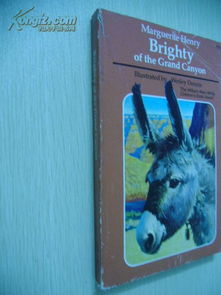Content:
As the season transitions from the lush greenery of spring to the blooming flowers of summer, the late spring period offers anglers a unique opportunity to enjoy the serenity of the water and the abundant fish activity. This is the perfect time to hone your fishing skills and make the most of the season's offerings. In this article, we will delve into the late spring fishing techniques and provide you with valuable insights to help you catch more fish during this prime time for angling.
Understanding Late Spring Fish Behavior
Before we dive into the specifics of fishing techniques, it's crucial to understand the behavior of fish during the late spring period. Fish are typically more active and aggressive during this time as they are feeding up to prepare for the spawning season. Here are some key points to consider:
Water Temperature: Late spring water temperatures are usually in the range of 60-70°F (15-21°C), which is ideal for most fish species. As the water warms, fish become more active and move to shallower waters to spawn.
Feeding Patterns: Fish will be actively feeding to build up energy reserves for spawning. This means they are more likely to bite during the early morning and late afternoon, when temperatures are cooler.
Shallow Waters: During late spring, fish tend to congregate in shallow waters, especially near structure or vegetation that provides cover. Look for areas with rocks, logs, or weed beds.
Choosing the Right Equipment
The right equipment can make a significant difference in your late spring fishing success. Here are some recommendations:
Rod and Reel: Choose a rod and reel that are appropriate for the type of fish you're targeting. A medium-light to medium-action rod is ideal for most late spring fishing scenarios.
Line: Use a monofilament line in the 6-12 pound test range for most freshwater species. In saltwater, you may need a heavier line depending on the fish species.
Lures and Baits: Soft plastics, spinnerbaits, and crankbaits are popular choices during late spring. Live bait like worms, crickets, or minnows can also be effective.
Late Spring Fishing Techniques
Now that you have the right equipment and an understanding of fish behavior, let's look at some specific techniques:

Early Morning and Late Afternoon: Fish are most active during these times, so plan your fishing trips accordingly. Early morning can be especially productive as fish start to feed after a cool night.
Shallow Water Fishing: Focus on shallow waters where fish are likely to be spawning. Cast to structure or vegetation and let your bait fall naturally to the bottom.
Trolling and Casting: Trolling can be effective in late spring, especially in larger bodies of water. Cast out and retrieve your lure at a steady pace. In smaller waters, casting and retrieving can be more effective.
Using Live Bait: Live bait can be irresistible to fish during the spawning season. Attach your bait to a hook and let it swim naturally in the water column.
Adjusting Your Approach: Be prepared to change your approach based on the fish's response. If you're not getting bites, try different lures, depths, or speeds.
Safety and Etiquette
Always prioritize safety and follow good fishing etiquette:
Respect the Environment: Keep the area clean and avoid disturbing wildlife or other anglers.
Know the Regulations: Be aware of fishing regulations and size/limit restrictions for the species you're targeting.
Use a Landing Net: Handle fish gently and use a landing net to avoid injury to both you and the fish.
Conclusion
Late spring offers a unique and rewarding fishing experience. By understanding fish behavior, choosing the right equipment, and employing effective techniques, you can increase your chances of success. Remember to always respect the environment and follow fishing etiquette. With these tips and techniques, you'll be well on your way to a memorable late spring fishing adventure. Happy fishing!












